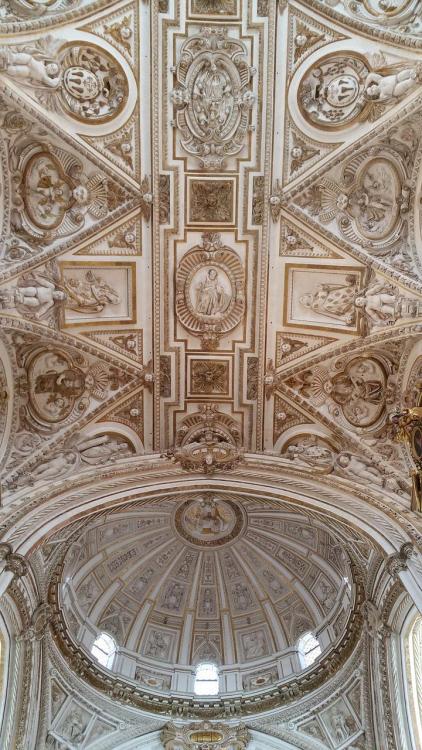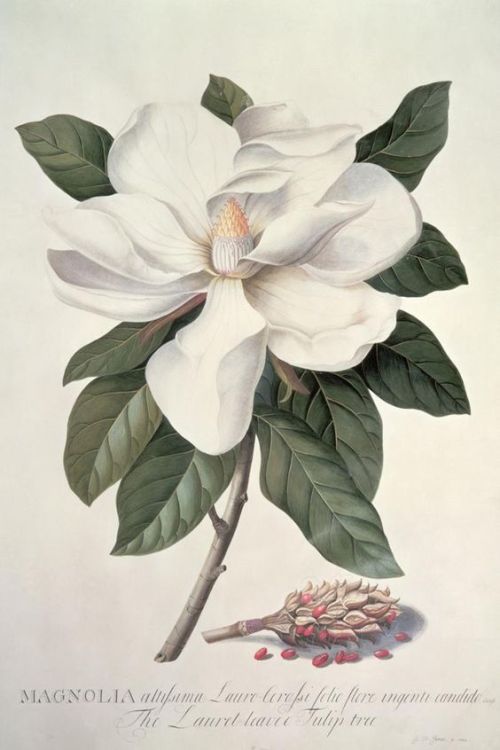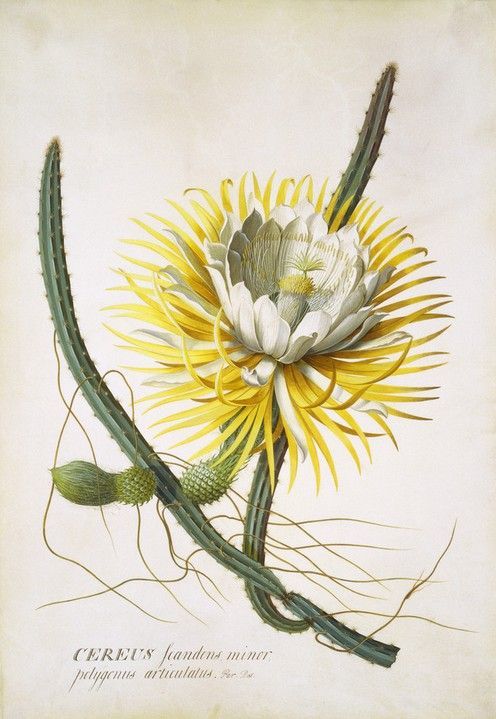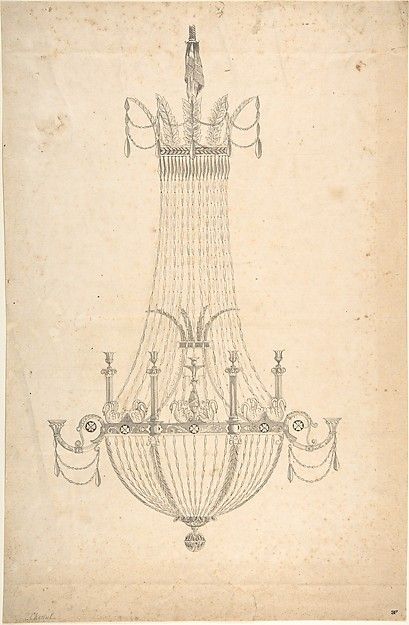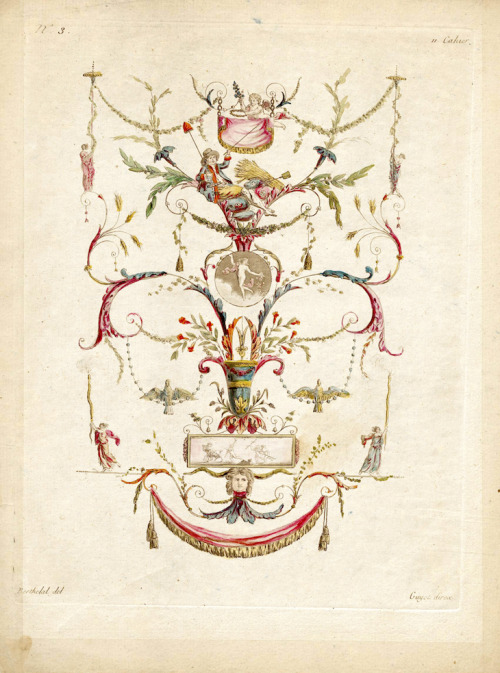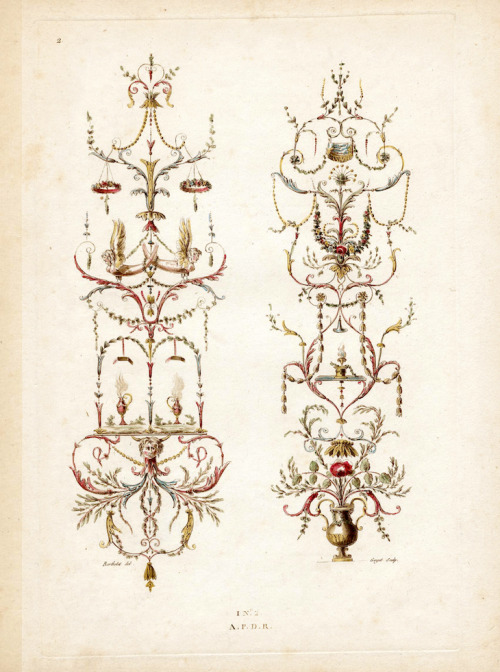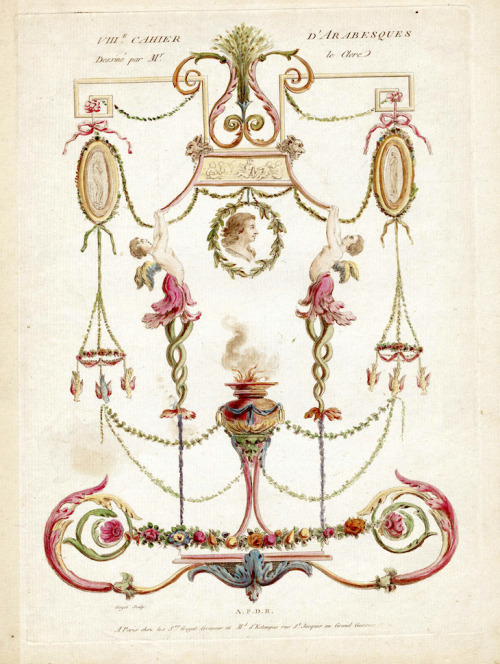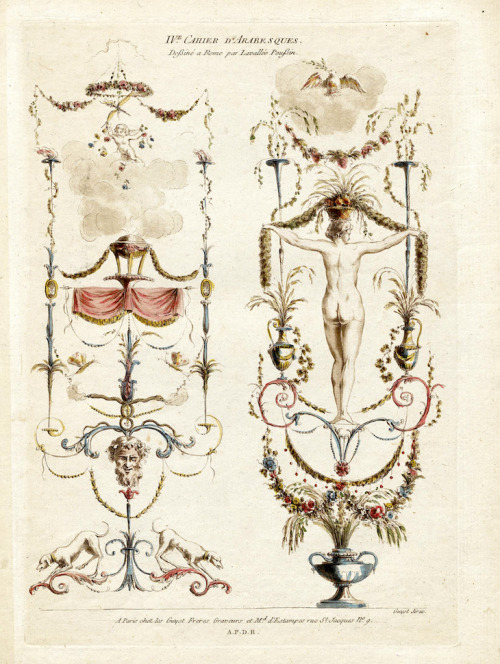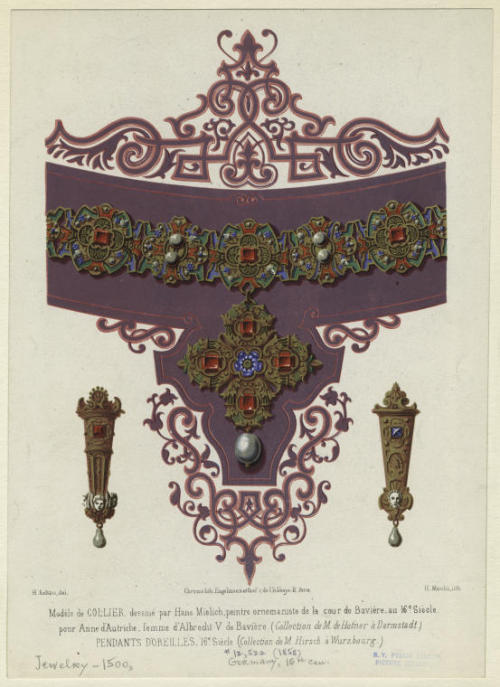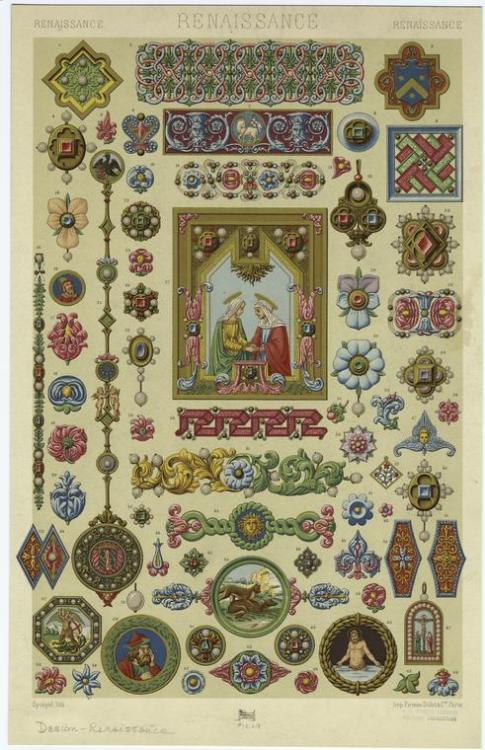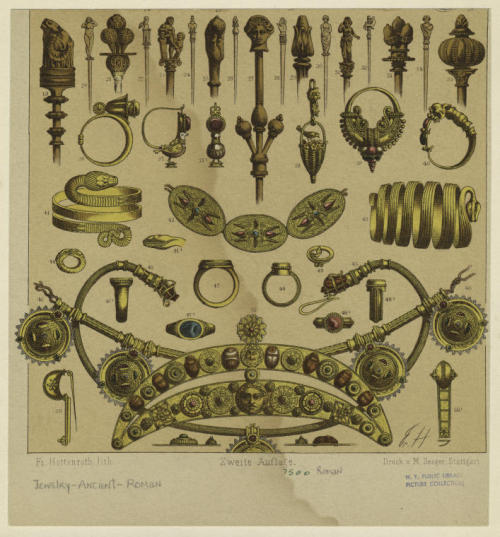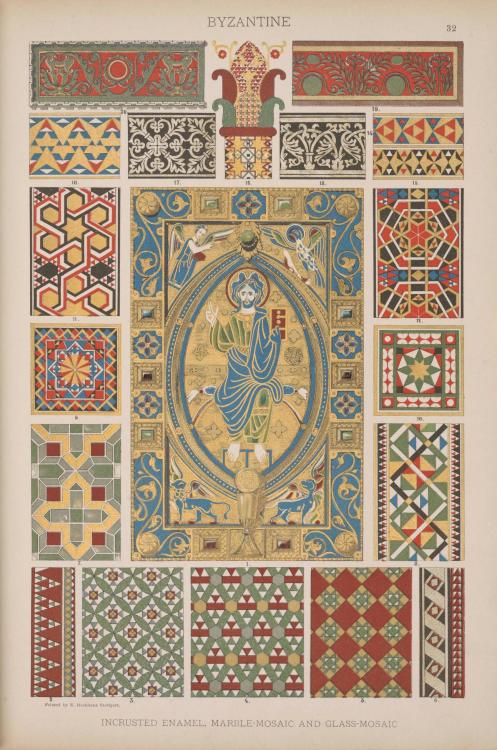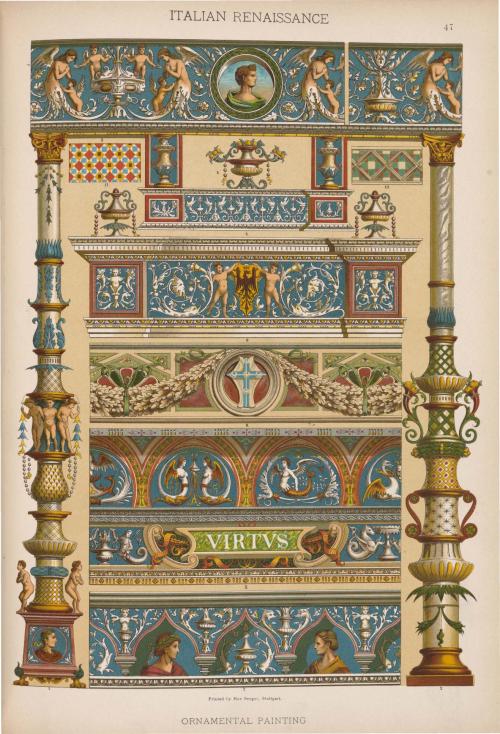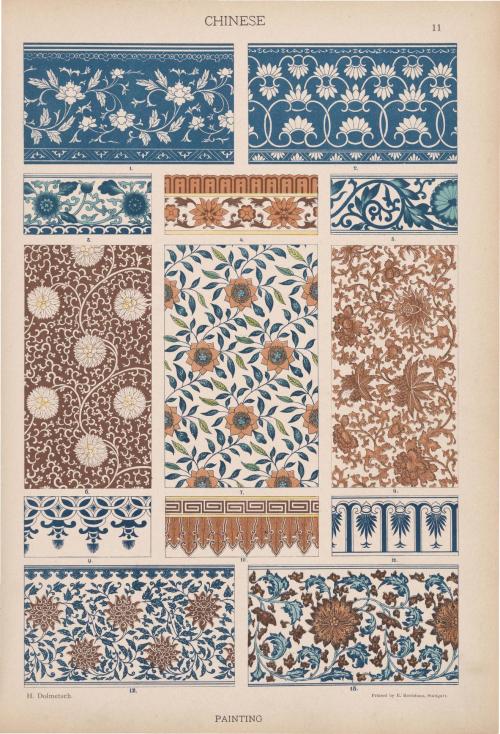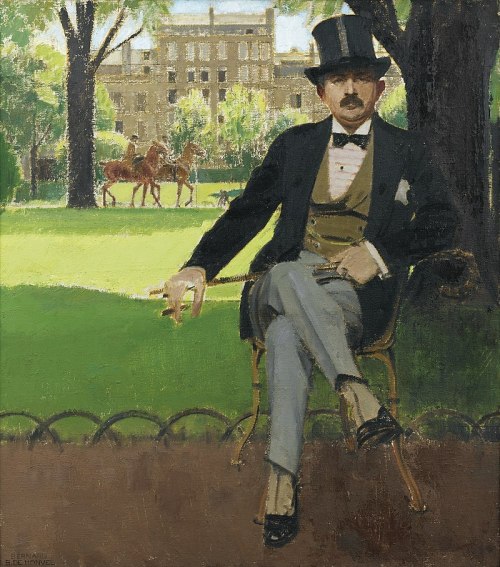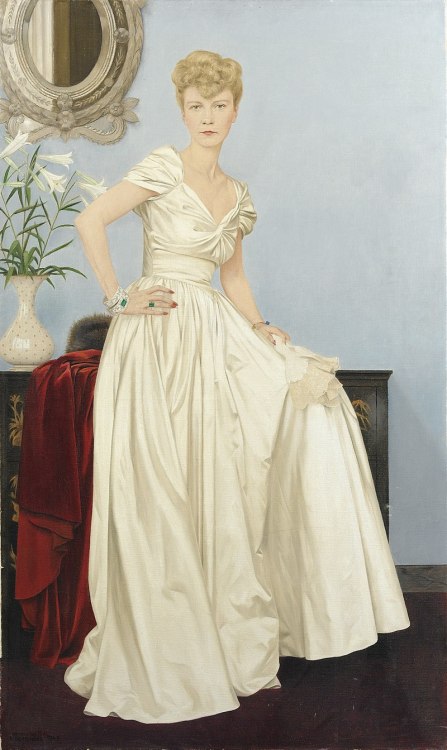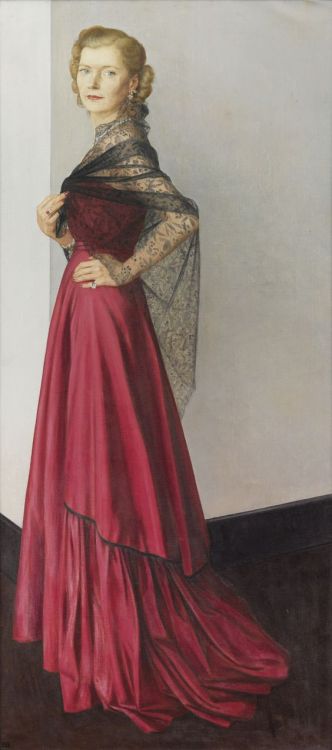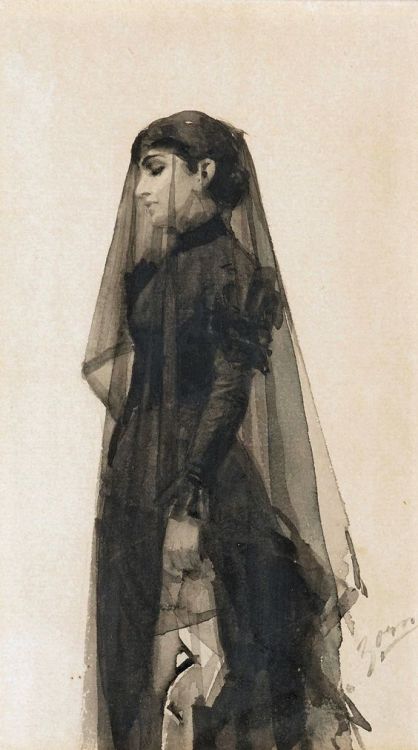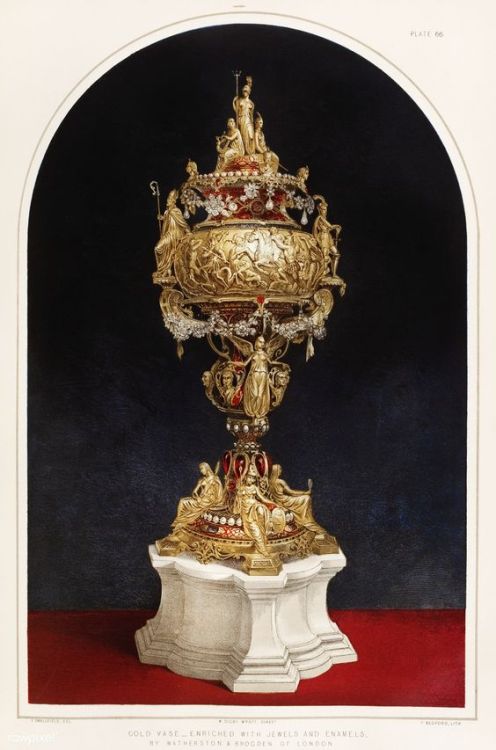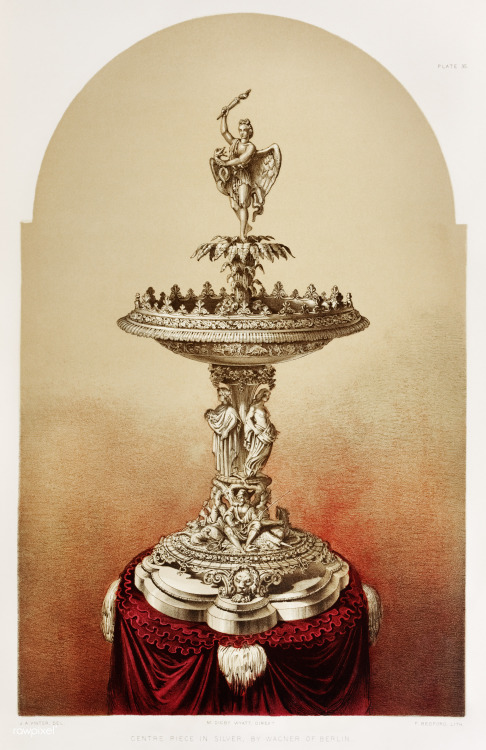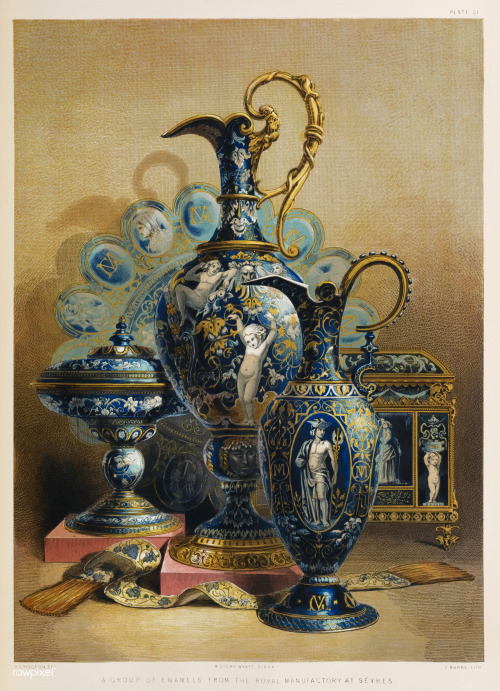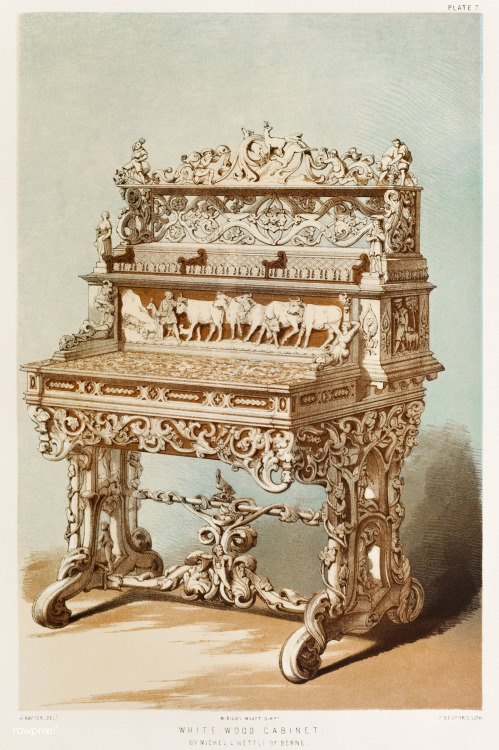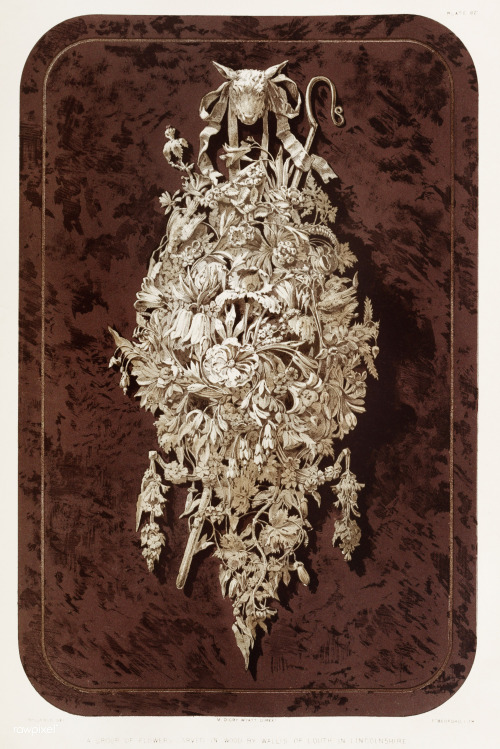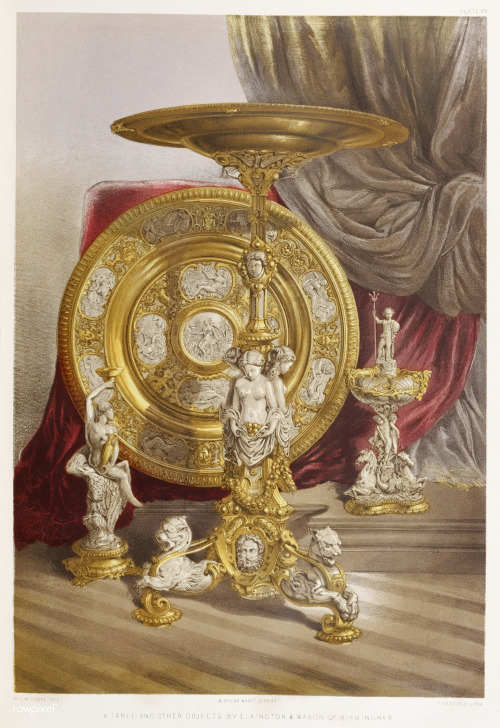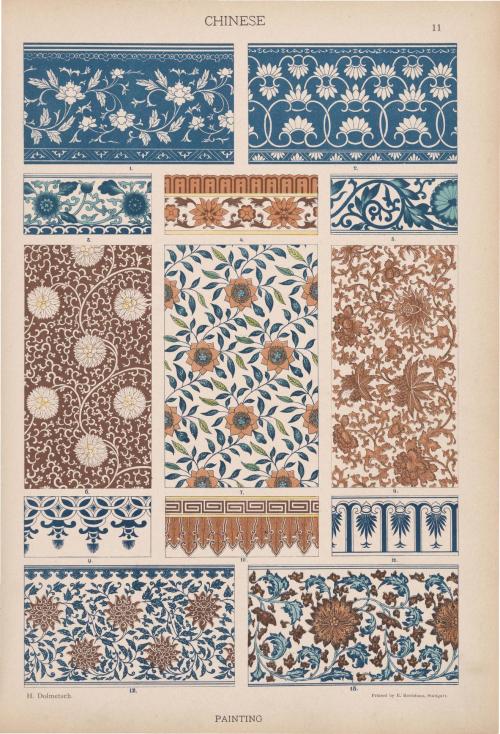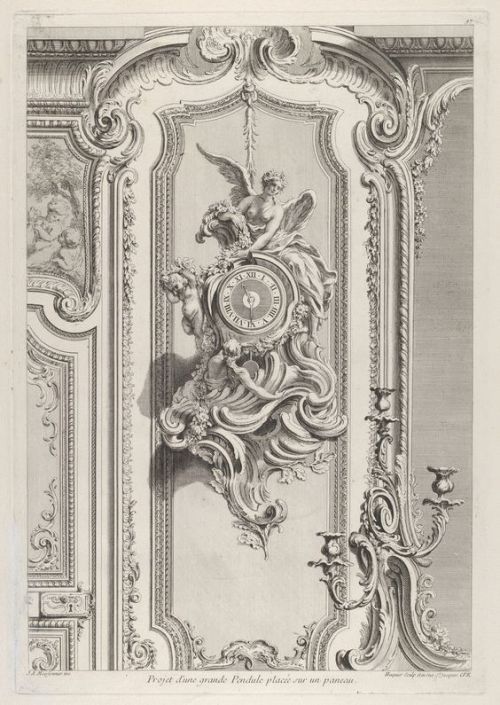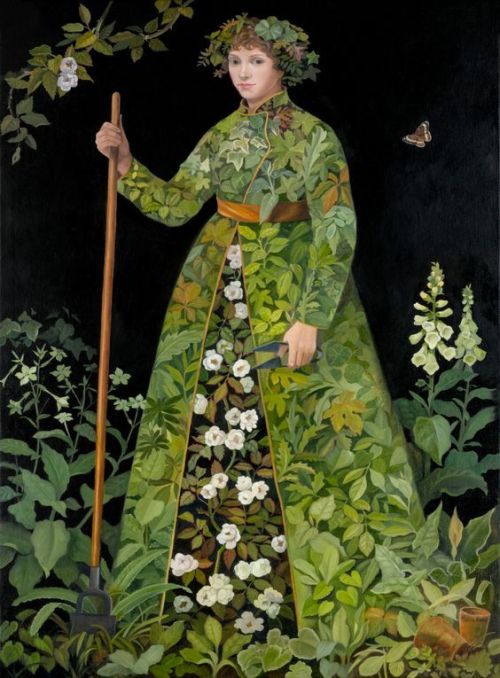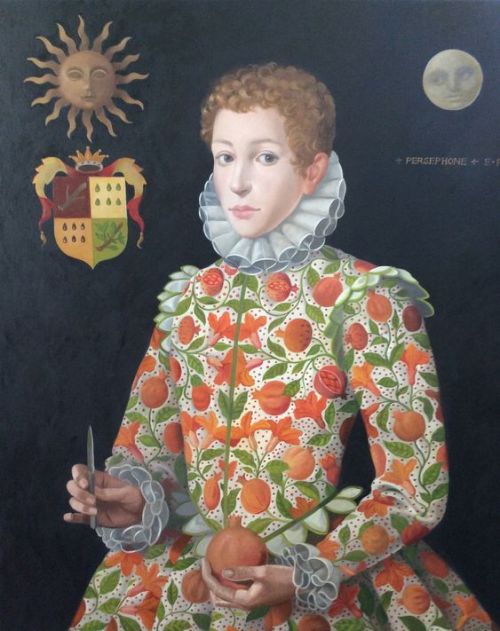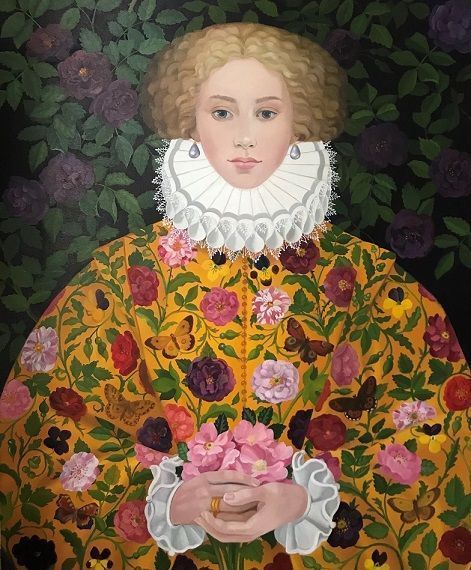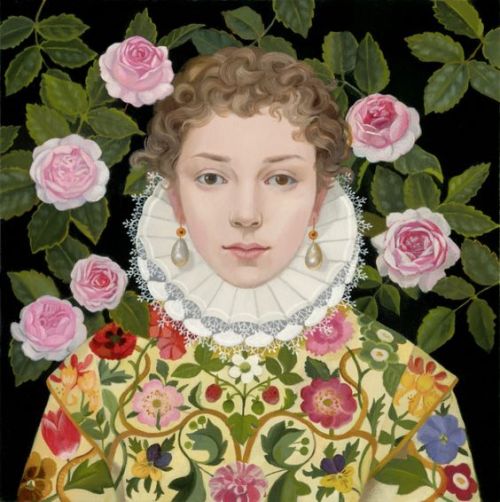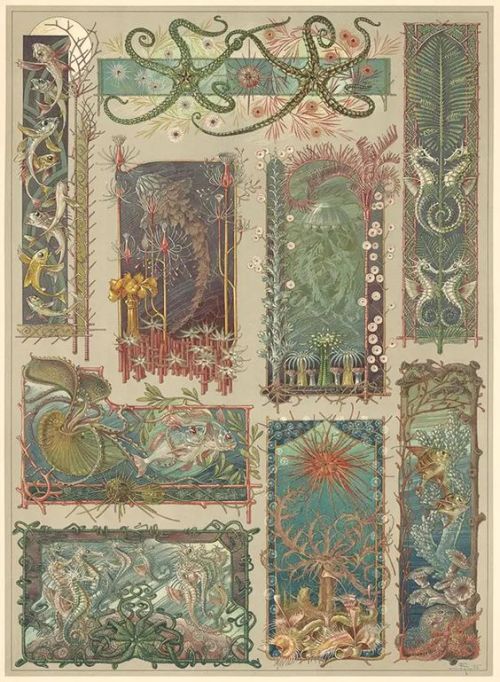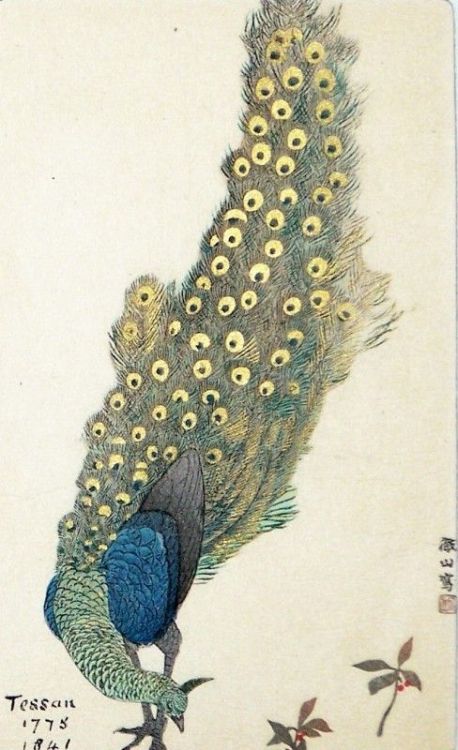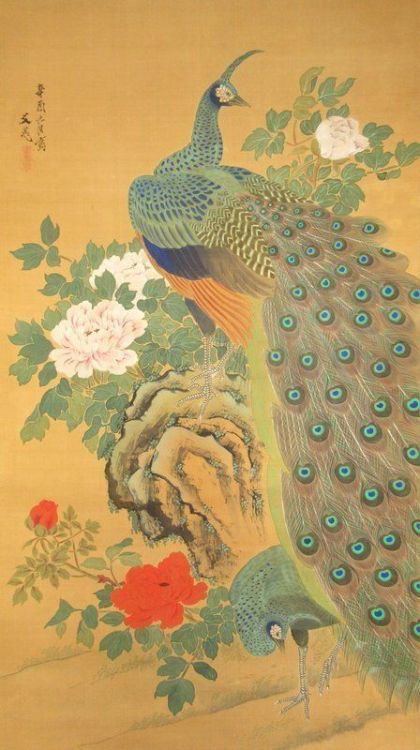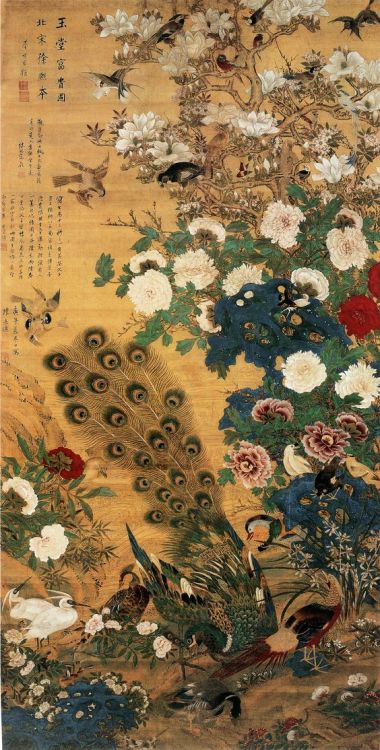#madamelesfressange
Look Up
1. Mosque Cathedral of Cordoba
2. Sacristía Mayor - Toledo Cathedral
3. Sala Capitular, Seville Cathedral
4. Hospital Venerables, Seville
Post link
Florealis Borealis (Georg Dionysius Ehret)
“Draughtsman, painter, etcher and gardener. Born Heidelberg 1708, died London 1770. One of the finest botanical artists of his generation. Son of market gardener at Heidelburg. Trained as a gardener but took up botanical draughtsmanship at the age of 22. While working for a chemist in Regensburg, he met in c.1731-2 Dr Christoph Jacob Trew, a wealthy physician and bibliophile who became his lifelong patron and friend. He came to England in 1736 with letters of introduction, and worked for Peter Collinson, Philip Miller (greatest gardener of the day and author of ‘Dictionary of Gardening’) and Sir Hans Sloane. Dr Richard Mead and the Duchess of Portland were also patrons of his. His most famous publication appeared in 1748: 'Plantae et Papiliones Rariores’ (both engraved and hand-coloured by himself). Became director of the botanical garden in Oxford in 1750. Remained and died in England.”
Sample Works:
1. Peony
2. Magnolia
3. Kalmia
4. Plumeria
5. Tulip
6. Chinese Rose
7. Oleander
8. Night Blooming Flower
9. Lilac
10. Coffee Tree
Post link
Bright Lights (Chandeliers)
1. Anton Seder, Chandelier design from “Antiquariat”
2. Anonymous, French, 18th century, “ Collection Rodrigues “, 18th century
3. Empire Style Chandelier by Pierre François Léonard Fontaine, 18th century
4. Anonymous, French, 19th century, Chandelier Design
5. Design for a chandelier, Jean Démosthène Dugourc, 1784
Post link
A Life (Jan van Kessel the Elder)
“Jan van Kessel the Elder or also Jan van Kessel I came from a great dynasty of painters. On his father’s side he descended from Hiernonymus van Kessel and his mother was a daughter of Jan Brueghel the Elder. This also made him the great-grandson of Pieter Brueghel, the nephew of Jan Brueghel the Younger and the nephew of David Teniers the Younger. The family sent him to Simon de Vos as an apprentice when he was 9 years old. His further education then took place largely within the family.
Van Kessel was a painter obsessed with detail. Especially his still lifes and animal motifs, including various insect studies such as “Still Life Study of Insects on a Rosemary Branch” were of almost scientific accuracy. This made his works very popular throughout Europe. Van Kessel could charge good prices and sell many paintings. This enabled him and his family to live a good, secure life. However, after the death of his wife in 1678, the financial situation deteriorated increasingly. Van Kessel was too old and too ill to be able to paint. He was finally forced to mortgage his house. He died at the age of 53 and left behind a large mountain of debts.”
Sample Works:
1. A still life with sprig of Redcurrants, butterflies, beetles, caterpillar and insects
2. Still life of branch of gooseberries, with a butterfly, moth, damsel fly and other insects
3. Butterflies, moths and other insects with a sprig of periwinkle
4. A sprig of redcurrants with an elephant hawk moth, a magpie moth and other insects
5. Insects
6. The Enemies of Snakes
7. Insects
8. Butterflies and other insects
9. Three Butterflies, a Beetle and other Insects, with a Cutting of Ragwort
10. A Dragon-fly, two Moths, a Spider and some Beetles, with wild Strawberries
Post link
Blings of the Past (Series 1)
1. Modèle de collier ; Pendants d'oreilles, 16e siècle ( Moulin, H. (Henri), 1802-1885)
2. Bijoux, Pl. 1 (Racinet, A. (Auguste), 1825-1893)
3. Jewelry, sixteenth century (Spiégel)
4. Swedish Jewelry (Spiégel)
5. Renaissance art with Christian imagery, jewelry, and floral designs (Spiégel)
6. Gaulish art objects (Spiégel)
7. XVIe-XVIIe siècle : Bijoux
8. Bijoux Seeger, M.
9. Roman Jewelry, Seeger, M.
10. Joaillerie : XVIIe siècle, Lavieille, Jacques Adrien, 1818-1862
Post link
The Historic Styles of Ornament Series 2 (H. Dolmetsch)
1. Byzantine
2. Arabian
3. Russian
4. Middle Age
5. Italian Renaissance
6. French Renaissance
7. German Renaissance
8. Chinese
9. 19th Century
10. 18th Century
Post link
The Season of Glamor (Bernard Boutet de Monvel)
“A painter, engraver, sculptor, decorator, as well as an illustrator for Vogue and Harper’s Bazaar, Boutet de Monvel was one of the most celebrated portraitists of his day, as well as a master of Art Deco and American Precisionism.His models included Prince Sixte de Bourbon-Parme, William Kissan Vanderbilt, Lady Plunkett, Frick, Whitney and Astor. With his unrivalled aesthetic sense, he featured them in a style close to hyperrealism, with a heightened attention for detail and technical perfection.He was described as “the handsomest man in Europe” by the American press. He turned beauty into a lifestyle, seeking perfection from his servants’ uniforms to his young daughter’s fringe of hair. He influenced a numerous artists after him, ranging from Andy Warhol to Robert Mapplethorpe.”
Sample Works:
1. Self-portrait, Place Vendôme
2. H.H. The Maharajah of Indore
3. H.H. The Maharani of Indore
4. Millicent Rogers in Charles James
5. Delfina Boutet de Monvel wearing an ensemble by Pierre Piguet
6. Portrait de Georges Menier
7. May Schneider, Duchesse de Brissac
8. H.H. The Maharani of Indore
9. Lady Plunkett (Aileen Guinness) in a gown by Cristóbal Balenciaga
10. Mrs. John A. Vietor (Eleanor Emily Woodward)
Post link
Peinture en camaïeu. Different phases of the cartouches. 18th century. Book-plate painted in 1752 by Elias Nilson
Post link
Taken from Sir Matthew Digby Wyatt’s "Industrial Arts of the XIXth Century at the Great Exhibition"
1. Gold Vase enriched with Jewels and Enamels
2. Enamelled Vase
3. Centre piece in silver
4. Group of enamels from the royal manufactory at Sévres
5. White-wood cabinet by Michel L. Wettli of Berne
6. Ivory Throne and Footstol from Rajah of Thavencore
7. A group of earthenware vases by Mansard of Voisinlieu France
8. Group of flowers craved in wood
9. Title page of the Industrial arts of the Nineteenth Century (1851-1853) by Sir Matthew Digby wyatt (1820-1877)
10. Table and other objects
Post link
Sample designs from Heinrich Dolmetsch‘s “Historic Styles of Ornament”
1. Egyptian
2. Assyrian
3. Greek
4. Pompeiian
5. Japan
6. Chinese
7. Indian
8. Persian
9. Arabian
10. Moresque
Post link
A set of three hand-colored engravings by Joannes Volpato (1733-1803) after Ludovicus Teseo, Loggi e de Rafaele Nel Vaticano circa 1775
Post link
Juste Aurèle Meissonnier, Projet d'une grande Pendule, from ‘Oeuvre de Juste Aurele Meissonnier’
Post link
The World of Lizzie Riches
“Lizzie is a Londoner by birth though growing up near Epping Forest gave her an enduring love of the natural world. Childhood visits to the National Gallery awakened a passion for painting and visiting Audley End at the age of five began a lifelong interest in Elizabethan Portraiture. A hopeless student at Art School, Lizzie preferred to develop her own style by going back to study the paintings she had loved as a child. She joined London’s Portal Gallery in 1976, exhibiting with them in Chicago, New York and Paris and continuously in London ever since. Portal introduced Lizzie to The Red Dot Gallery, close to her home in Norfolk, in 2011. In turn this led to fascinating project ‘In Search of The Golden Caroline’ – working with The National Trust in association with Red Dot, Lizzie was invited to create a series of paintings to celebrate an aspect of Blickling Hall’s history. Lizzie explored, through her paintings, Lady Caroline Suffield and in doing so ‘brought to life’ an 1800’s chapter.”
Sample Works:
1. The Plant Collector
2. The Gardener’s Assistant
3. Hamadryad
4. A Winter’s Spell
5. Persephone
6. A Child In The House
7. Floreligium
8. The Apothecary’s Rose
9. Floralia
10. Pearls and Roses
Post link
Peacocks
1. A Peacock by Mori Tessan (tetsuzan) (1775-1841)
2. Lin Kui-Ling, Peacock
3. Japanese Scroll Painting of Peacocks Attributed to Tani Bunchō
4. Traditional Peacock Painting (Chinese) 17th Century
5. Peacock and Peonies, Maruyama Ōkyo 円山応挙 1768
6. Ohara Koson, Peafowls
7. Peacock and Peahen (18th c.)
8. Shoson- “A Peacock resting in a tree branch (1877-1945)
9. Early 20th Century, Peacock on a rock, Japanese woodblock
10. Landscape with Peacock and Peahen, Kyoto Kano School 17th Century
Post link

